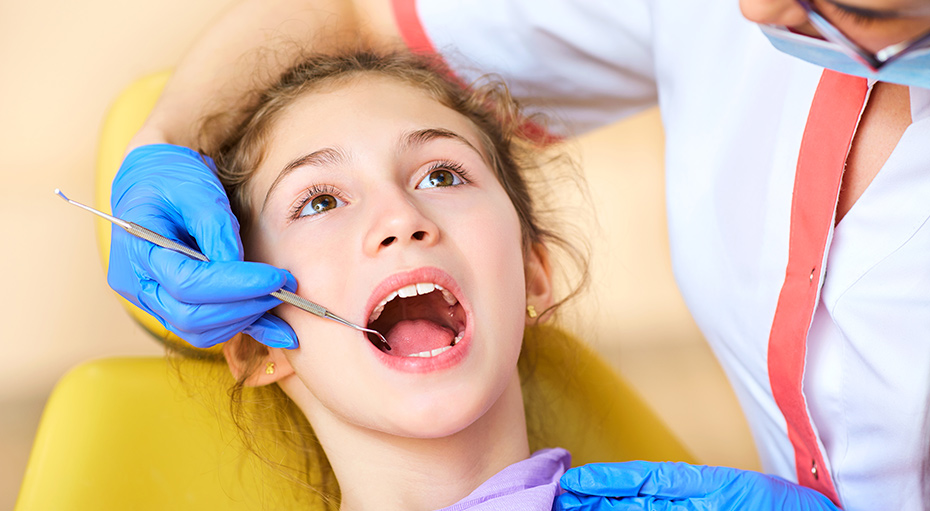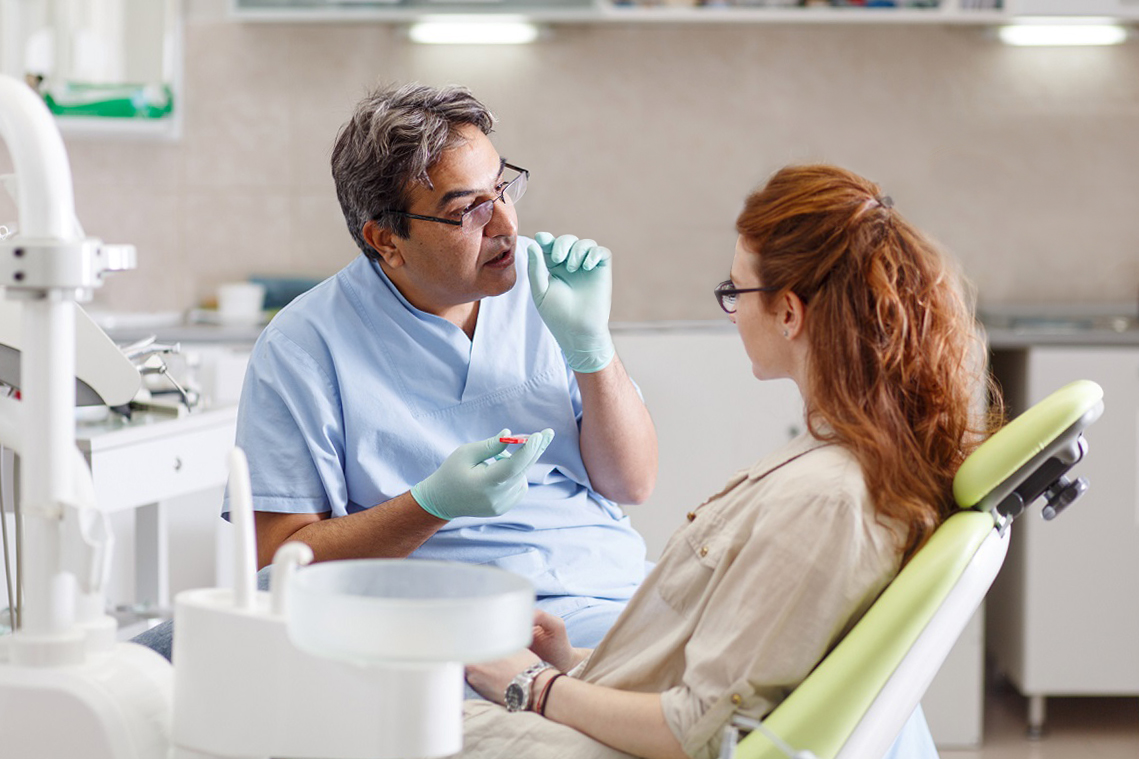Not known Factual Statements About Legacy Orthodontics
Not known Factual Statements About Legacy Orthodontics
Blog Article
All About Legacy Orthodontics
Table of ContentsLegacy Orthodontics Things To Know Before You Get ThisA Biased View of Legacy OrthodonticsWhat Does Legacy Orthodontics Do?Legacy Orthodontics for BeginnersThe Basic Principles Of Legacy Orthodontics
In enhancement, we provide adjustable therapy routines, versatile payment options and a fun, satisfying experience.An orthodontist is a dental practitioner trained to diagnose, avoid, and deal with teeth and jaw irregularities. They correct existing conditions and are educated to determine problems that might establish in the future. Orthodontists collaborate with people of all ages, from youngsters to adults. People usually connect a best smile with great health.
Malocclusion, or misaligned teeth, can result in dental concerns, consisting of dental cavity, periodontal disease, and tough or uncomfortable chewing. But not everyone is birthed with straight teeth. If you have a poor bite or big rooms between your teeth, you might intend to speak with a dentist focusing on orthodontic treatment.
Some Known Factual Statements About Legacy Orthodontics
( Image Credit Scores: DigitalVision/Getty Images) Orthodontists use taken care of and removable oral devices, like braces, retainers, and bands, to transform the position of teeth in your mouth. Orthodontic treatment is for oral irregularities, including: Jagged teethBite problems, like an overbite or an underbiteCrowded teeth or teeth that are also much apartJaw misalignmentThe goal of orthodontic therapy is to enhance your bite.
A healthy and balanced bite ensures you can eat, chew, and talk properly. While you might consider orthodontists as generally for kids or young adults that require dental braces, they can remedy oral issues at any type of age. Orthodontists participate in college, dental school, and orthodontic school. After college graduation, they spend 2 or 3 years in an orthodontic residency program.
All orthodontists are dental practitioners, but not all dentists are orthodontists. Orthodontic residency programs supply extensive, focused guideline for dental professionals. They concentrate on two areas: Exactly how to properly and safely relocate teeth Just how to effectively assist growth in the teeth, jaw, and faceOnce an orthodontist has actually finished training, they have the choice to end up being board accredited.
Excitement About Legacy Orthodontics
Misalignment, or malocclusion, is the most common reason individuals see an orthodontist. It is hereditary and is the outcome of size distinctions between the top and reduced jaw or in between the jaw and teeth. Malocclusion leads to tooth congestion, an askew jaw, or uneven bite patterns. Malocclusion is usually treated with: Your orthodontist connects metal, ceramic, or plastic square bonds to your teeth.
Some people require a headwear to aid move teeth right into line with pressure from outside the mouth. A retainer is a customized gadget that keeps your teeth in location.
They're usually utilized on children. They can create extra room in the mouth without having to pull teeth. If you have a serious underbite or overbite, you may require orthognathic surgical procedure (likewise called orthodontic surgical treatment) to extend or shorten your jaw. Orthodontists utilize cables, medical screws, or plates to sustain your jaw bone.
You may require to see an orthodontist if you have: Crowding or not sufficient room for all of your teethOverbite, when your top teeth come over your bottom teethUnderbite, when your base teeth are too far forwardSpacing or issues with gapsCrossbite, which is when your upper teeth fit behind your base teeth when your mouth is closedOpen bite or an upright void between your front bottom and upper teethMisplaced midline, when the center of your base and top teeth do not line up Dealing with an oral malocclusion can: Make biting, chewing, and talking easierImprove the proportion of our face and your general appearanceEase discomfort from temporomandibular joint conditionsSeparate your teeth and make them much easier to cleanse, helping prevent dental caries or dental caries It's usually a dentist that initially notices misaligned teeth during a regular test.
Not known Facts About Legacy Orthodontics

Throughout your initial orthodontic assessment, you'll likely have: An oral examPhotos taken of your face and smileDental X-raysPanoramic (360 level) X-rays of your face and headImpressions to create molds of your teethThese examinations will assist your orthodontist understand how to wage your therapy. clear braces. An orthodontist is a review dental professional that's had training to treat your teeth and jaw
Orthodontists may perform surgery, exams,X-rays,and more to assist you acquire an extra comfy, healthier smile. An orthodontist is concentrated on your bite, so something like a damaged tooth would be taken care of by a dentist. Orthodontists are dental practitioners yet not all dental practitioners are orthodontists. Orthodontists are focused on your bite, or the means your teeth fit with each other, and the straightness of your teeth.
Ever asked yourself just how celebrities constantly appear to have completely straightened teeth? Orthodontists are oral professionals who concentrate on dealing with abnormalities in the teeth and jaws.
The Only Guide to Legacy Orthodontics

While braces are one of the most commonly acknowledged orthodontic therapy, orthodontists have a diverse toolkit at their disposal. The certain approach chosen relies on the seriousness of the case, the client's age, and private preferences. These tried-and-true braces utilize a system of brackets bound to the teeth and connected by cords.
Clear aligners, like Invisalign, are a prominent alternative for people seeking a more very discreet treatment option. These detachable trays are custom-made to progressively shift the teeth's position. Headgear may be utilized together with dental braces or aligners to use additional targeted forces, especially for correcting jaw disparities. In situations of slim jaws, palatal expanders can be used to produce room for correct tooth placement.
Report this page